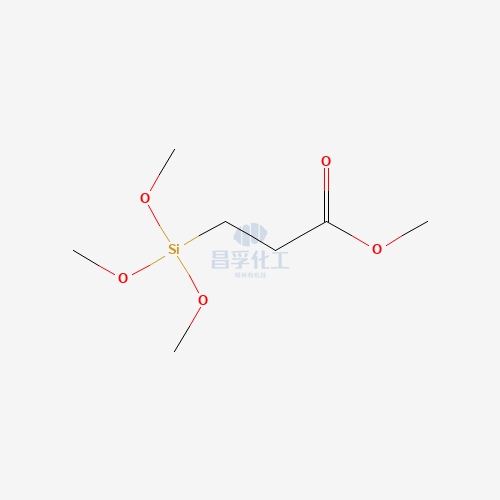



Contact Changfu Chemical Now!
+86 27 8439 6550 | +86 181 6277 0058

Other Silanes
Organosilanes are special silicon compounds having the backbone structure Si-O-C-. Because these compounds contain both organic and inorganic functional groups, they can serve as an interface bridge between organic and inorganic materials or directly participate in the crosslinking reaction of organic polymeric materials, significantly improving performance.

Other Silanes
Organosilanes are special silicon compounds having the backbone structure Si-O-C-. Because these compounds contain both organic and inorganic functional groups, they can serve as an interface bridge between organic and inorganic materials or directly participate in the crosslinking reaction of organic polymeric materials, significantly improving performance.
Other Silanes For Sale
Other Silanes For Sale
Organosilanes, in addition to conventional functional groups such as epoxy, amino, and vinyl, can contain a variety of other functional groups, which give organosilanes unique chemical and physical properties, making them important in organic synthesis, materials science, surface treatment, and other fields. Changfu Chemical can synthesize and modify organosilane monomers to achieve specified characteristics and functions for a wide range of applications.
Organosilanes, in addition to conventional functional groups such as epoxy, amino, and vinyl, can contain a variety of other functional groups, which give organosilanes unique chemical and physical properties, making them important in organic synthesis, materials science, surface treatment, and other fields. Changfu Chemical can synthesize and modify organosilane monomers to achieve specified characteristics and functions for a wide range of applications.
Uses of Other Silanes
Uses of Other Silanes
1. Organic Synthesis
Protection and Deprotection: Silanes like trimethylsilyl (TMS) ethers are commonly used to protect sensitive functional groups during organic reactions. These groups can be selectively removed under mild conditions, facilitating complex synthesis pathways.
Cross-Coupling Reactions: Special silanes serve as important reagents in cross-coupling reactions such as the Stille, Suzuki, and Sonogashira reactions. They can act as coupling partners or ligands for metal catalysts, enabling the formation of new carbon-carbon bonds.
Reduction Reactions: Certain silanes, such as trialkylsilanes (e.g., triethylsilane), are utilized as mild reducing agents in organic chemistry. They can selectively reduce functional groups like ketones and imines to alcohols and amines, respectively.
Catalysis: Special silanes can act as catalysts or co-catalysts in various chemical reactions. For example, they are employed in Lewis acid catalysis, where their silicon center enhances the reactivity of substrates in processes like Diels-Alder reactions or Friedel-Crafts acylations.
2. Surface Treatment
Surface Modification: Silanes with specific functional groups are used to modify surfaces in materials science. They can form self-assembled monolayers (SAMs) on surfaces, providing tailored properties such as hydrophobicity, adhesion promotion, and corrosion resistance.
Nanotechnology: Special silanes play a role in nanotechnology applications, particularly in the functionalization of nanoparticles and nanostructures. They can stabilize nanoparticle dispersions, modify surface properties, and facilitate the assembly of nanoscale architectures.
Polymer Modification: Silanes are used in the modification of polymers to improve adhesion, cross-linking, and compatibility with other materials. They can enhance the mechanical properties and durability of polymer composites and coatings.
3. Other Applications
Biomedical Applications: Functionalized silanes are utilized in biomedical materials for surface modification of implants, drug delivery systems, and diagnostic devices. They can enhance biocompatibility, prevent biofouling, and promote specific interactions with biological molecules.
Optoelectronics: Certain silanes are employed in optoelectronic applications to modify the surface properties of materials used in displays, solar cells, and light-emitting diodes (LEDs). They can improve optical transparency, reduce surface defects, and enhance device performance.
Textile Treatments: Silanes are applied to textiles to impart water repellency, stain resistance, or flame retardancy. They can modify the surface chemistry of fibers without affecting the fabric's feel or breathability.

















